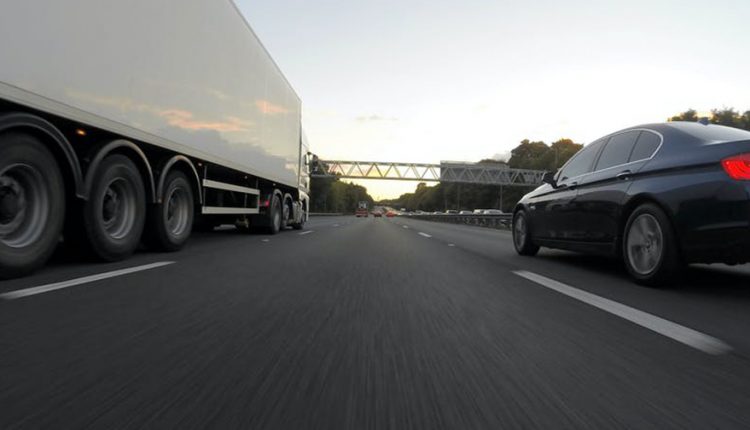Are Heavy Electric Vehicles The Future of Long Haul?
A report released by the Union of Concerned Scientists (UCS) reveals that there are currently around 28 million trucks and buses in the United States — ten percent of its vehicle fleet. These heavy vehicles are responsible for 28% of the country’s carbon emissions in the transport sector. While electric cars are drawing in increasing consumer appeal, do we need to start feeling the same about heavier vehicles?
Here, Simone Bruckner managing director at power resistor manufacturer, Cressall, investigates whether heavy electric vehicles are in it for the long haul.
UCS also reports that, in contrast to diesel trucks, electric heavy vehicles emit 44 to 79% less emissions, depending on the type of vehicle. Amazon has already begun to electrify its delivery van fleet, having purchased 100,000 vehicles from start-up Rivian in 2019 — the largest electrical vehicle order to date.
The United Nations (UN) estimates that the world’s population will grow to 9.8 billion by 2050, meaning more people and goods will need to get from A to B. So, how do we make sure we’re doing this in the greenest way possible?
Speeding Ahead
Electrifying heavy vehicles has many benefits. As well as not consuming any fossil fuels or emitting carbon dioxide (CO2), the vehicles are completely clean if their electricity comes from renewable sources. An electric drive consists of fewer parts, with the electric motor being the only moving one, reducing the risk of breakdowns and the need for frequent servicing. An e-vehicle’s more simplistic design also means that it can be built more compactly, and makes less noise than vehicles with combustion engines.
Electrification also boosts vehicle efficiency. Electric engine losses are significantly lower than a diesel engine’s, lowering the cost per kilometre of electric travel on vehicles such as buses.
In addition, electric motors can deliver peak torque almost instantly, meaning they can excel at towing large loads from a dead start up or gradient. This is especially useful for delivery and haulage trucks, which are often expected to carry large and heavy loads along fast travelling motorways. Faster acceleration will also help to shave off the time of a delivery truck’s route, helping them deliver more products with less waiting time.
Bump in the Road
While electrifying heavy vehicles can be beneficial, their deployment is met with challenges. Technological uncertainty, large up-front investment and the need for new capabilities could also hinder large e-vehicle adoption — if vehicle operators are misinformed.
Charging infrastructure could require a redesign of bus depots and service stations that would need to accommodate for fleets of large vehicles. For buses and coaches that run on regimented time schedules, this could also involve enhanced software solutions to plan out and ensure the potentially complex web of charging schedules aligns with the needs of public transport.
For large electric vehicles to become commonplace, their required technologies must help them to outshine any reservations. For example, special attention should be payed to battery technology and increased power service should be considered for the multiple high-power use chargers in truck charging facilities.
We should also consider how the right technology can benefit e-vehicle efficiency. The urban drive cycles with considerable traffic and speed measures used heavily by many larger vehicles require a large amount of braking and acceleration. During braking, a vehicle’s motor continues to spin and creates excess energy. A braking resistor allows this otherwise wasted energy to be regenerated into kinetic energy or the dissipated heat can be recovered to warm the vehicle’s cabin.
Electrifying heavy vehicles brings a wealth of benefits beyond supporting our environment. With the potential for cleaner, more efficient and more cost-effective transport, it’s clear that other businesses should follow Amazon’s example and update their fleets. To support the developing market and alleviate concerns over e-vehicle potential, it is vital that the technology is in place to improve vehicle efficiency and get people and goods moving on a greener path.

